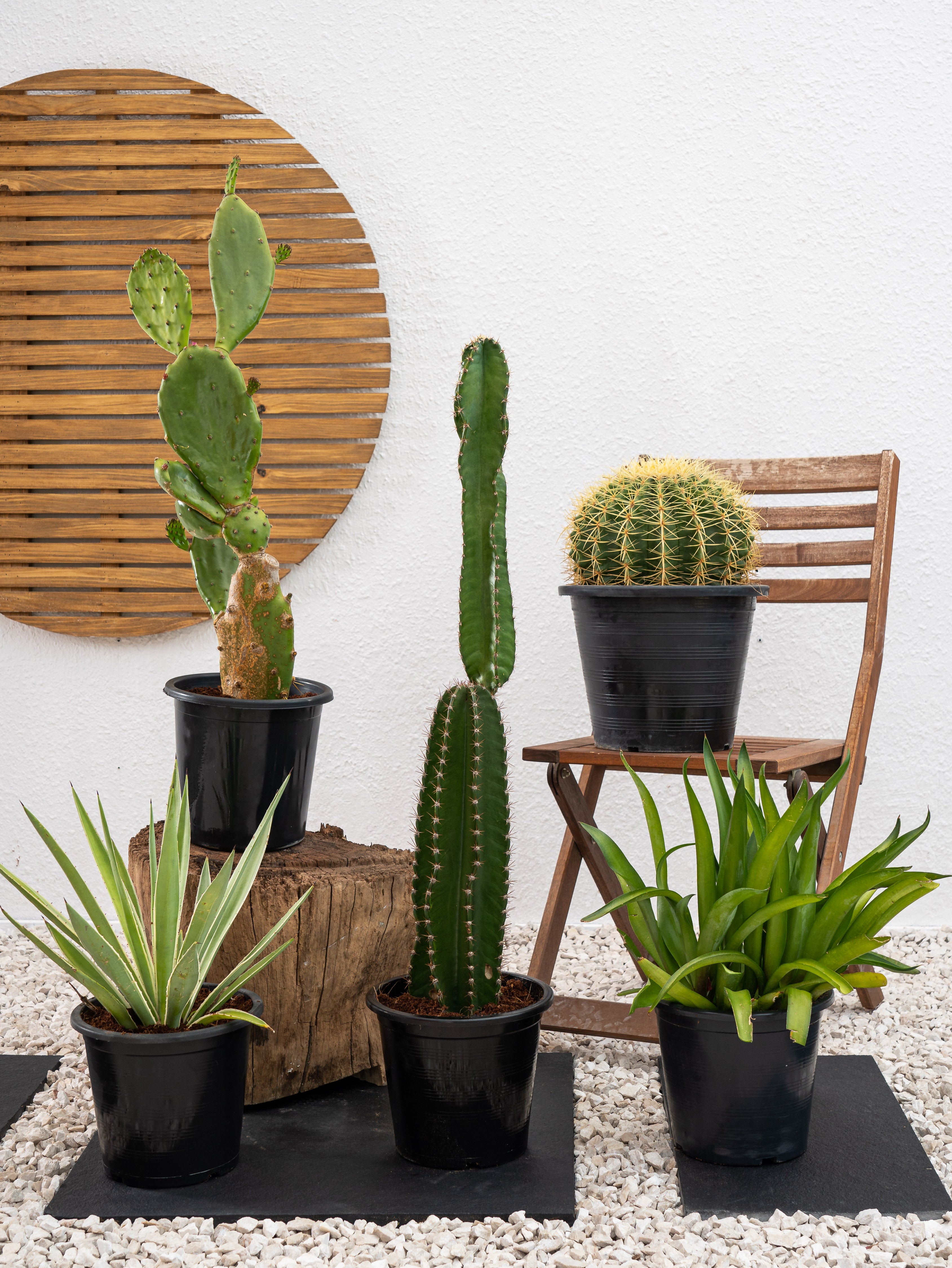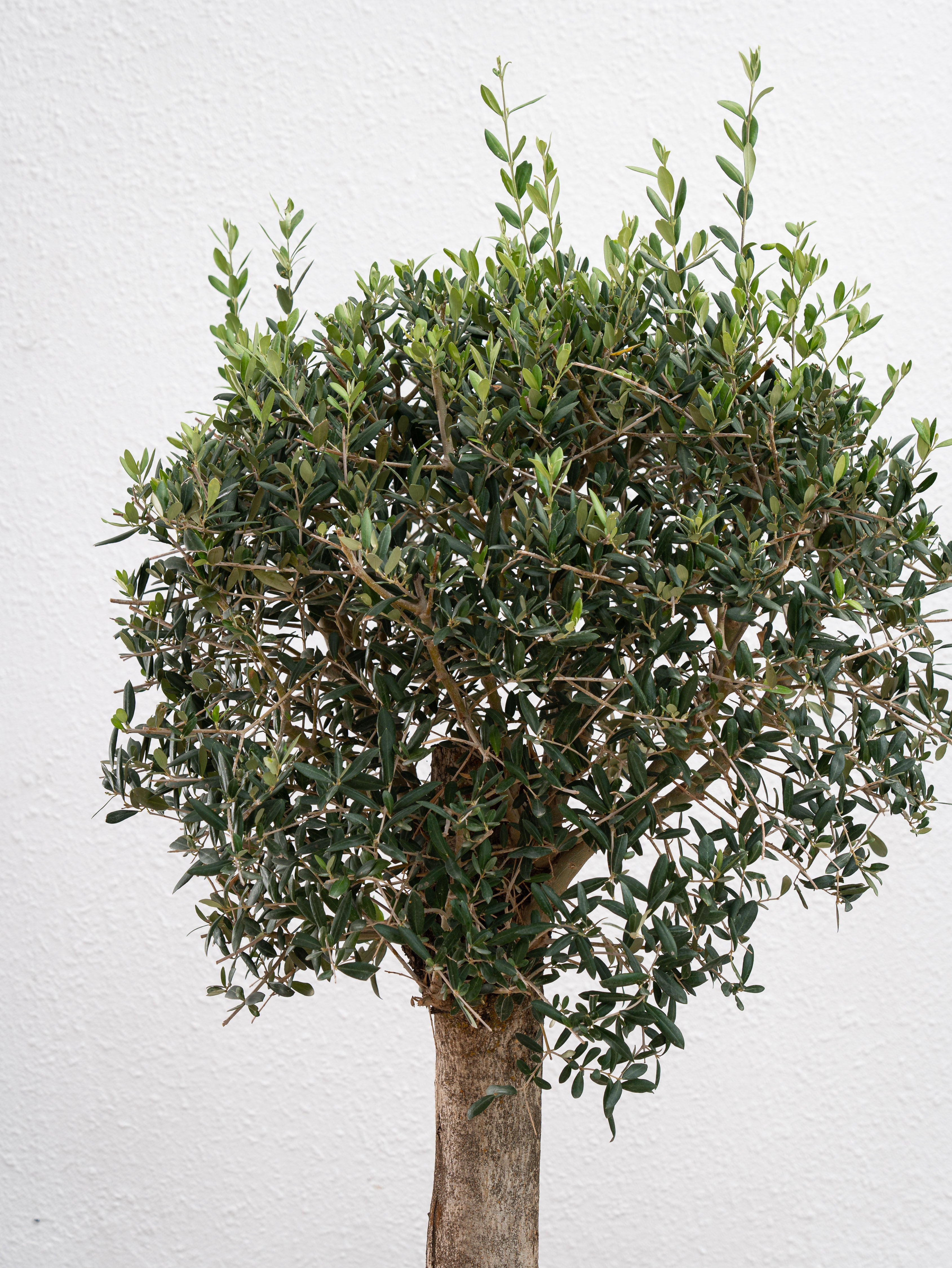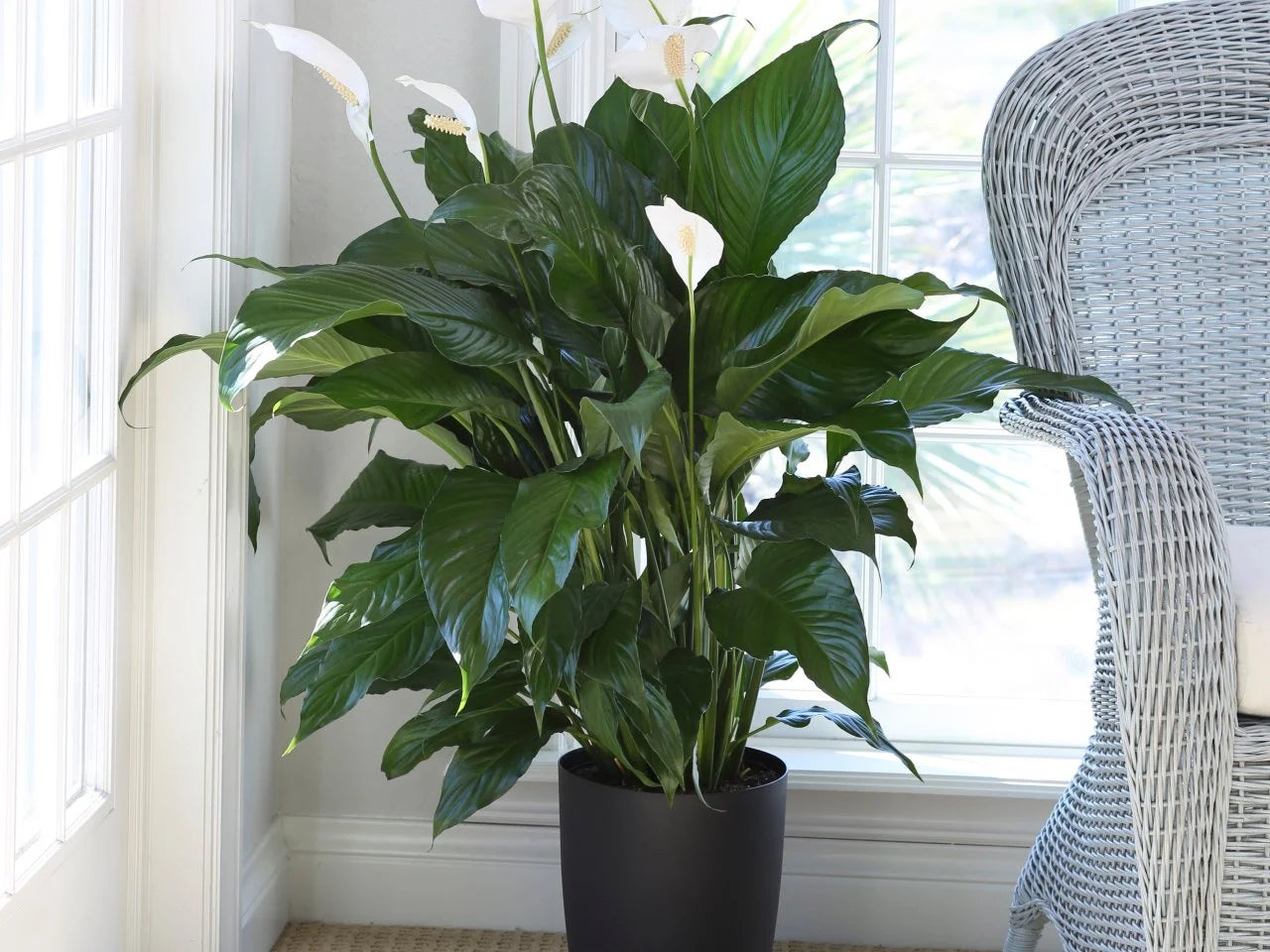In recent years, the importance of indoor air quality has gained significant attention, especially as people spend more time indoors. Poor air quality can contribute to various health issues, including allergies, respiratory problems, and overall discomfort. One of the most natural and aesthetically pleasing ways to improve indoor air quality is by introducing air-purifying plants into your living space.
Among the most effective and popular options is the Peace Lily (Spathiphyllum), a beautiful plant known not only for its elegant appearance but also for its remarkable ability to cleanse the air. In this article, we’ll explore the air-purifying benefits of Peace Lilies and how they can help create a healthier indoor environment.

Understanding the Importance of Indoor Air Quality
Indoor air quality refers to the condition of the air inside buildings, including homes, offices, and other enclosed spaces. Many people are unaware that indoor air can be more polluted than outdoor air due to the accumulation of pollutants from various sources, such as cleaning products, building materials, furniture, and even household dust. Common indoor air pollutants include volatile organic compounds (VOCs), mold spores, and particulate matter, all of which can negatively impact health.
Improving indoor air quality is essential for maintaining good health and well-being, particularly for those with allergies, asthma, or other respiratory conditions. One effective way to enhance indoor air quality naturally is by incorporating air-purifying plants like Peace Lilies into your indoor spaces.
Also Read- How To Care For A Peace Lily After Flowering: Encouraging New Blooms
How Peace Lilies Purify the Air

Peace Lilies are not just beautiful decorative plants; they are also powerful natural air purifiers. Their air-purifying properties have been widely recognized, including by NASA's Clean Air Study, which identified several houseplants that can effectively remove harmful toxins from indoor air. Peace Lilies were among the top performers in this study, proving their effectiveness in improving air quality.
Key Pollutants Peace Lilies Remove
Peace Lilies are particularly effective at removing the following common indoor air pollutants:
-
Volatile Organic Compounds (VOCs):
- Formaldehyde: Commonly found in building materials, household products, and tobacco smoke. Prolonged exposure to formaldehyde can cause irritation of the eyes, nose, and throat, and may contribute to long-term health problems.
- Benzene: Present in various household products, including detergents, paints, and furniture wax. Benzene exposure can lead to dizziness, headaches, and in severe cases, long-term exposure may increase the risk of certain cancers.
- Trichloroethylene (TCE): Found in industrial solvents, adhesives, and some household cleaners. TCE exposure can cause headaches, dizziness, and respiratory issues.
-
Mold Spores:
- Peace Lilies help reduce the presence of mold spores in the air by absorbing them through their leaves. This can be particularly beneficial in humid environments where mold growth is more likely.
-
Carbon Monoxide:
- While not a primary method for carbon monoxide removal, Peace Lilies can contribute to reducing low levels of this dangerous gas by absorbing it through photosynthesis.
The Science Behind Air Purification
Peace Lilies purify the air through a natural process known as phytoremediation. This process involves the plant absorbing pollutants through its leaves and roots, where they are then broken down and neutralized by the plant's natural metabolic processes. The plant also releases oxygen and increases humidity levels through transpiration, further contributing to a healthier indoor environment.
Also Read- The Benefits Of Using Rainwater For Your Peace Lily
Health Benefits of Having Peace Lilies Indoors

The air-purifying abilities of Peace Lilies offer numerous health benefits for those who have them in their homes or offices. Here are some of the key advantages:
1. Improved Respiratory Health
By removing harmful toxins like VOCs and mold spores from the air, Peace Lilies help reduce the risk of respiratory issues such as asthma, bronchitis, and other lung conditions. Cleaner air means less irritation to the respiratory system, leading to easier breathing and fewer respiratory problems.
2. Reduced Allergies
Peace Lilies can help alleviate allergy symptoms by filtering out common allergens such as mold spores and dust particles. This is especially beneficial for individuals who suffer from seasonal allergies or who are sensitive to indoor pollutants.
3. Enhanced Mood and Mental Well-Being
Clean air is not only beneficial for physical health but also for mental well-being. Breathing in purified air can reduce stress, improve concentration, and promote a sense of calm. The presence of Peace Lilies in a room also adds a touch of nature, which has been shown to have a positive effect on mood and overall mental health.
4. Better Sleep Quality
Placing a Peace Lily in your bedroom can contribute to better sleep quality by filtering out pollutants that can disrupt breathing during sleep. Additionally, the increased humidity provided by the plant’s transpiration can help prevent dry air, which often leads to discomfort and interrupted sleep.
Also Read- How To Prune Your Peace Lily For Better Growth
Caring for Your Peace Lily to Maximize Air Purification

To ensure that your Peace Lily continues to purify the air effectively, it’s important to care for the plant properly. Here are some tips to keep your Peace Lily healthy and thriving:
1. Light Requirements
Peace Lilies prefer bright, indirect light. While they can tolerate low light conditions, providing them with the right amount of light will encourage better growth and blooming. Avoid placing them in direct sunlight, as this can scorch their leaves.
2. Watering
Peace Lilies enjoy consistently moist soil but should not be overwatered. Allow the top inch of soil to dry out between waterings to prevent root rot. Mist the leaves regularly to maintain humidity, especially in dry environments.
3. Temperature and Humidity
These tropical plants thrive in temperatures between 65°F and 85°F (18°C to 29°C). They also prefer high humidity, so consider placing them in a room with a humidifier or misting them regularly to maintain the right conditions.
4. Fertilization
Feed your Peace Lily with a balanced, water-soluble fertilizer every 6-8 weeks during the growing season (spring and summer). This will provide the necessary nutrients for healthy growth and more effective air purification.
Conclusion
Peace Lilies are not only beautiful and low-maintenance houseplants but also powerful natural air purifiers that can significantly improve indoor air quality. By removing harmful toxins, increasing humidity, and contributing to a healthier environment, Peace Lily offer numerous health benefits, making them an excellent addition to any home or office. With proper care, these elegant plants will not only enhance the aesthetic appeal of your space but also provide a cleaner, fresher atmosphere, contributing to your overall well-being. Whether you’re looking to reduce allergens, improve respiratory health, or simply create a more serene living environment, Peace Lilies are a perfect choice for naturally purifying the air you breathe.













Leave a comment
This site is protected by hCaptcha and the hCaptcha Privacy Policy and Terms of Service apply.